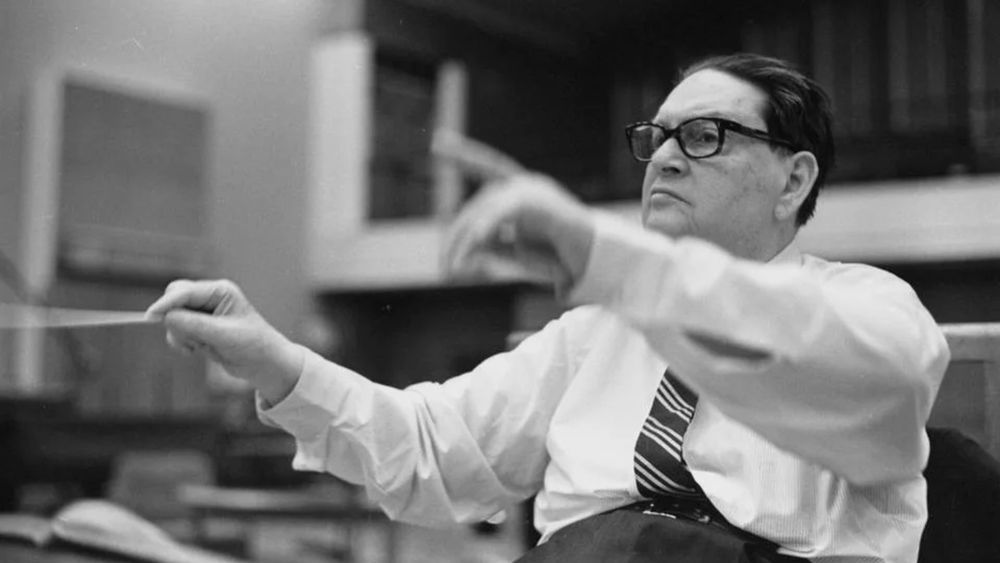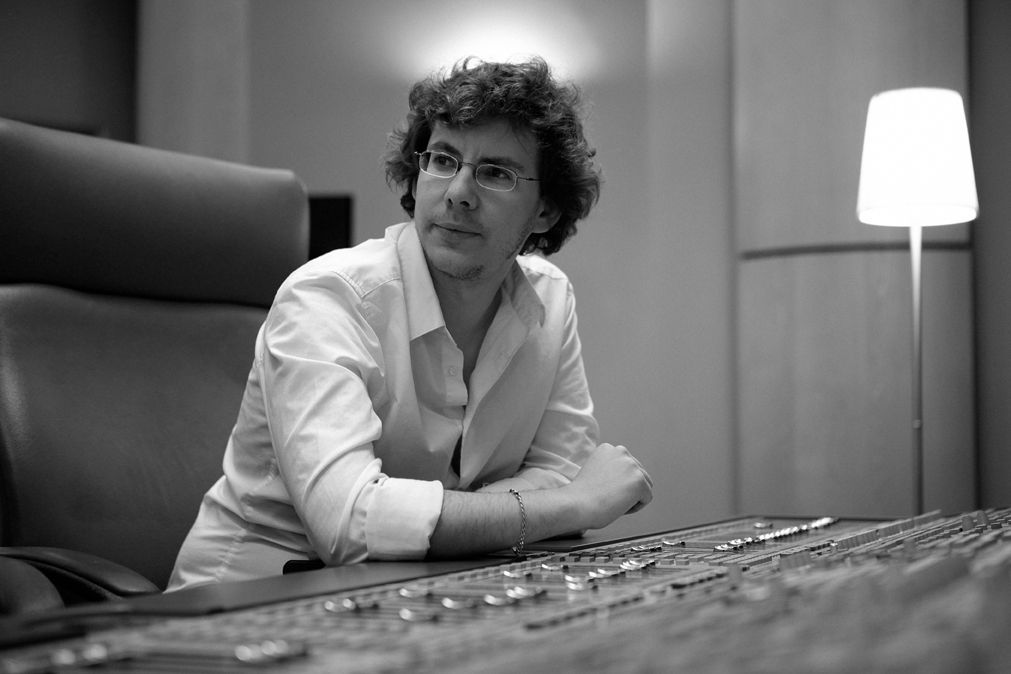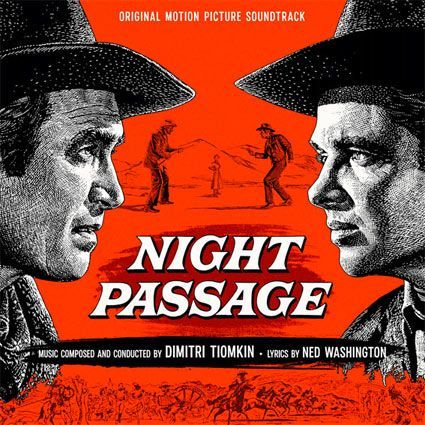Darius Milhaud

Originally published in the International Dictionary of Films and Filmmakers, 4th Edition 2000
Text reproduced by kind permission of the author, Philip Kemp
Darius Milhaud was one of the most prolific composers of the century, with a final tally of well over 400 opus numbers taking in every major musical form. It is not surprising that, along with everything else, he composed a good deal of film music. Indeed it would have been more surprising if he had not, given his lifelong love of the cinema. His first major success, the 1919 Surrealist ballet Le Boeuf sur le toit, was originally subtitled a Cinéma-symphonie, “suitable for an accompaniment to one of Charlie Chaplin's films.”
Milhaud supplied music for some 25 films, starting out in the silent era with a score to accompany Marcel L'Herbier's avant-garde melodrama L'INHUMAINE. The music is lost, but it is reputed to have matched the film's abrupt, expressionist rhythm, climaxing - for a scene where the hero resurrects his dead love in a futuristic laboratory - in a bravura cadenza scored solely for percussion instruments.
Audacious and (at least in his younger years) impudently iconoclastic, Milhaud relished experimentation for its own sake. He was one of the first to co-opt cinema into opera; his Christophe Colombe uses a backdrop movie screen to convey the thoughts of his characters, or to extend the action “into an inner universe opening out from our own.” Even when his stance had become less outrageous, he retained a penchant for the avant-garde, and provided some suitably spiky music for the Man Ray section of Hans Richter's self-consciously Surrealist DREAMS THAT MONEY CAN BUY.
Milhaud's own musical idiom was nothing if not eclectic. He admired Debussy and Mussorgsky (and detested Wagner), but happily threw in elements of whatever took his fancy - jazz, Brazilian dance rhythms, the medieval troubadour songs of his native Provence. Rather than cast his music in a predetermined style, he preferred to adopt whatever forms and materials seemed appropriate to the given task. This adaptability, together with his fluency (he once defined inspiration as “the amount of ink in my pen”), should have made him an ideal film composer. But his relationship with the movie industry remained oddly uneasy. He believed that his “symphonic” style aroused mistrust among filmmakers, recalling in his memoirs a “rather inquisitorial visit” from Renoir while he was composing the score for MADAME BOVARY.
This, coupled with a perhaps inadvertent tendency to write down to movie audiences—he felt that film music must “remain modest… be extremely simple” - may explain why Milhaud's film scores are mostly less distinguished than might be expected from a composer of his stature. He was at his best with straightforward, light-hearted subjects such as Raymond Bernard's CAVALCADE D'AMOUR, a look at love during three periods of history. Each section of the film used a different composer: Milhaud chose the Middle Ages, and produced a fresh, transparent score, whose chamber-music textures breathed Mediterranean sunshine. He later adapted it into a suite for wind quintet, entitled La Cheminée du Roi René.
If offered a subject which genuinely engaged his emotions, Milhaud could still come up with film music that belied his reputation for elegant frivolity. André Malraux's only film, the stark Spanish Civil War drama L'ESPOIR, has no music until the final reel, when a long procession of villagers winds down a mountainside carrying the bodies of dead Republican airmen. For this wordless sequence, Milhaud supplied an 11-minute passage of sustained and sombre nobility. This too was adapted for concert use, as the Cortège funèbre.
Although Milhaud spent much of his later life in America, he was loath to work in Hollywood, disliking the system of handing over the composer's short score to professional orchestrators “who churn out on a commercial scale musical pathos à la
Wagner or Tchaikovsky.” The one Hollywood assignment he did accept was THE PRIVATE AFFAIRS OF BEL-AMI, scripted (after Maupassant) and directed by Albert Lewin - “a highly cultured man,” Milhaud noted, “and what is even rarer in those circles, genuinely modest.” Lewin allowed Milhaud not only to orchestrate his own music, but to conduct it and sit in on the mixing sessions. The result was a score that vividly evoked the Paris of the Belle Epoque, but without the usual wash of romantic nostalgia. This, Milhaud's strutting themes and jaunty brass writing suggested, was a society whose glittering facade concealed callousness and rampant ambition - a vision entirely in keeping with Maupassant's cynical tale of a cad on the make.



